Table of content
Knowing your blood sugar levels well and the reasons behind your ups and downs is crucial if you have diabetes. We’re here to explain the perks of utilizing your CGM Devices, as well as what it does, how it functions, and why it’s crucial for treating diabetes.
What Is a Continuous Glucose Monitor (CGM)?
A Continuous Glucose Monitor (CGM) is a small medical device that tracks your blood sugar (glucose) levels 24 hours a day. Instead of relying on multiple daily fingerstick tests, a CGM provides real-time glucose readings through a small sensor inserted under your skin — typically on your arm or abdomen.
Modern CGM devices, such as the Dexcom G7, Freestyle Libre 3 plus, and Medtronic Guardian 4, provide accurate, continuous monitoring with minimal effort. These systems send glucose readings directly to your smartphone, smartwatch, or receiver, allowing you to view your trends instantly.
How Do CGM Devices Work?
CGM technology works by inserting a tiny sensor just beneath your skin. This sensor continuously measures the glucose levels in interstitial fluid (the fluid between your cells). A transmitter then wirelessly sends these readings to a compatible device — like your smartphone, insulin pump, or receiver.
Here’s a step-by-step overview of how most CGM systems function:
- Sensor Placement:
The sensor is applied to your abdomen or upper arm using a painless applicator. - Real-Time Monitoring:
Once inserted, the sensor measures your glucose every few minutes, typically every 5 minutes. - Wireless Transmission:
The transmitter sends glucose readings to your display device automatically. - Data Analysis:
You can view graphs, alerts, and trends to understand your blood sugar fluctuations.
Most CGM devices are disposable and replaced every 7–14 days, while others, such as the Eversense CGM, offer implantable sensors that last up to 6 months.
With the integration of smartphone apps and insulin pumps, CGM data can now be used to automate insulin delivery, helping users maintain optimal glucose control with minimal manual input.
Advantages of Using a CGM Device
Whether you have Type 1 diabetes, Type 2 diabetes, or experience reactive hypoglycemia, using a CGM system can make managing your condition easier and more precise.
Here are the key benefits of using a Continuous Glucose Monitor:
1. Real-Time Alerts for Highs and Lows
CGMs notify you instantly if your glucose levels are too high or low — helping prevent hypoglycemia or hyperglycemia before they become serious.
2. Fewer Fingerstick Tests
Traditional glucose monitoring requires multiple finger pricks a day. With CGMs, you can reduce or eliminate the need for fingersticks while maintaining accurate readings.
3. Better Understanding of Glucose Trends
CGM data helps you see how meals, physical activity, stress, and medication affect your glucose levels — giving you a comprehensive view of your body’s patterns.
4. Personalized Diabetes Management
Continuous data allows healthcare professionals to customize treatment plans, optimize insulin dosing, and adjust diet and exercise strategies based on real insights.
5. Remote Monitoring
Some CGM devices let you share data with caregivers, family, or doctors in real-time. This feature provides safety and peace of mind, especially for parents of children with diabetes.
6. Improved Quality of Life
With 24/7 visibility into your glucose levels, you can make informed lifestyle choices, experience fewer glucose swings, and enjoy greater freedom.
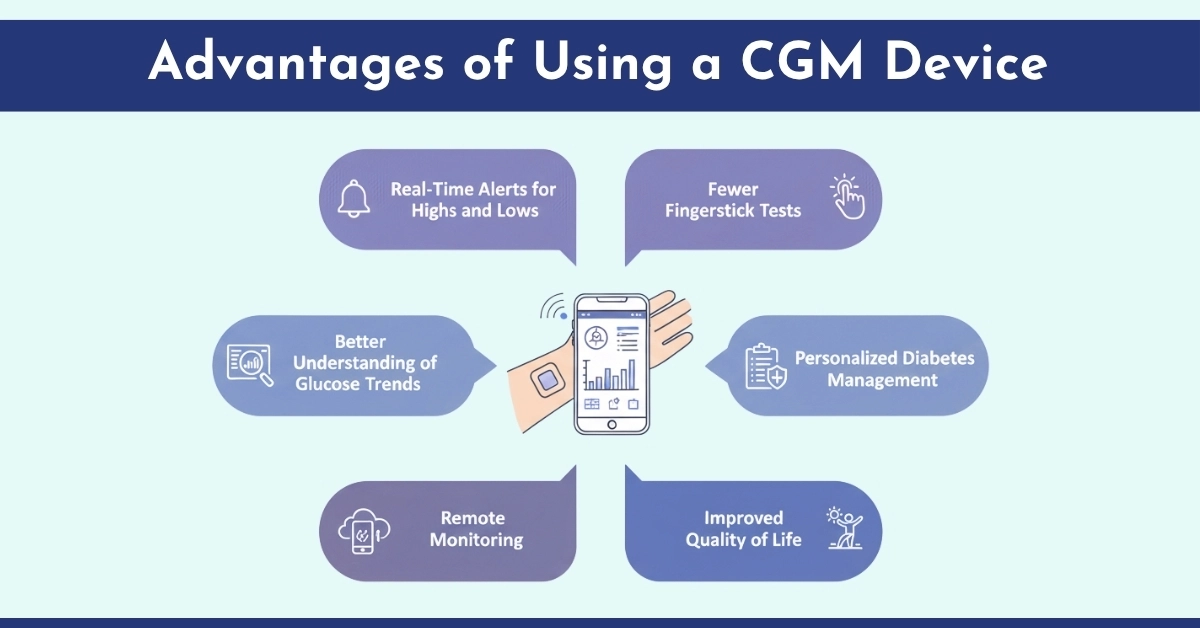
The Importance of CGM for Overall Health
Continuous glucose monitoring isn’t just about convenience — it’s about improving long-term health outcomes. Maintaining stable blood sugar helps prevent complications like:
- Cardiovascular disease
- Nerve damage (neuropathy)
- Kidney damage (nephropathy)
- Eye problems (retinopathy)
By tracking your daily glucose fluctuations, you can identify patterns and make proactive decisions. For instance, if you notice consistent spikes after breakfast, you can adjust your meal composition or medication timing accordingly.
Many people using CGM devices report better HbA1c levels, reduced glucose variability, and enhanced overall well-being.
Top CGM Brands in 2025
Here are the top-rated CGM systems available in 2025:
| CGM Brand | Sensor Duration | App Compatibility | Key Features |
|---|---|---|---|
| Dexcom G7 | 10 days | iOS & Android | Real-time alerts, integration with insulin pumps |
| Freestyle Libre 3 Plus | 15 days | iOS & Android | Smallest sensor, no fingersticks, accurate trends |
| Medtronic Simplera Sync | 7 days | Android | Built-in transmitter, works with MiniMed 780G |
| Eversense E3 | 180 days | iOS & Android | Longest-lasting implantable sensor |
| Guardian 4 | 7 days | iOS & Android | Predictive alerts and pump integration |
Final Thoughts
Continuous Glucose Monitoring devices have completely changed the landscape of diabetes management. They offer accurate, real-time insights, reduce the burden of fingerstick testing, and empower users to take control of their health.
At CGM Monitors, we aim to help you live a healthier, more confident life. Whether you’re exploring Dexcom G7, Freestyle Libre 3 plus, or Medtronic Simplera Sync, our team can help you find the perfect CGM system for your needs.
Check out our other blogs to learn more about CGMs and how they may help you manage your diabetes. You can get in touch with our experts at CGM Monitors. Our goal is to make you feel whole. Call us today!

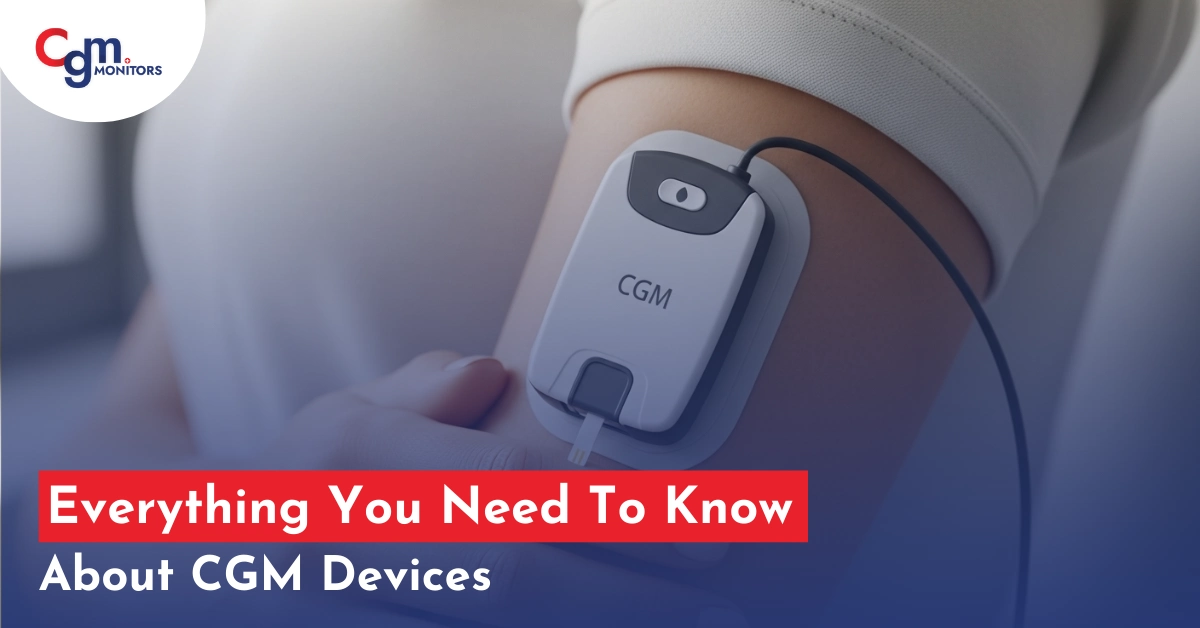
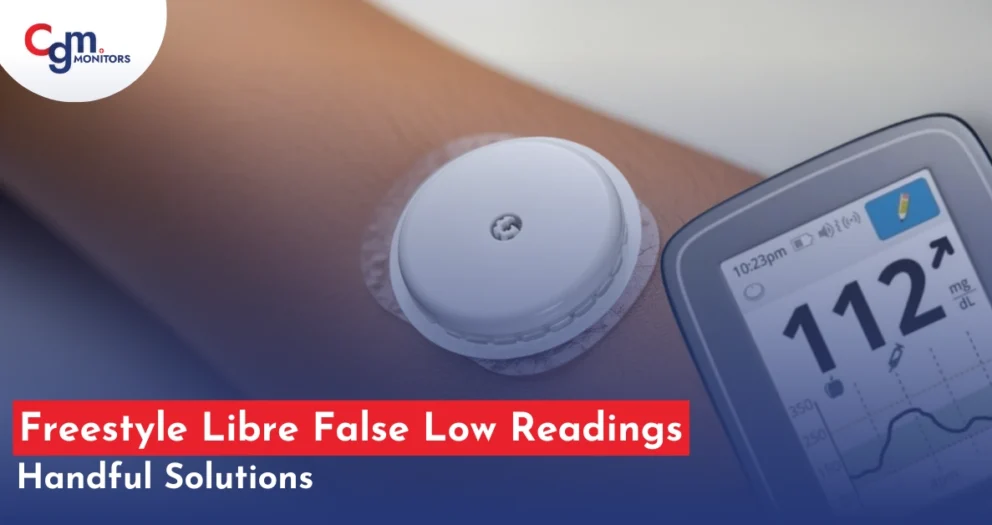
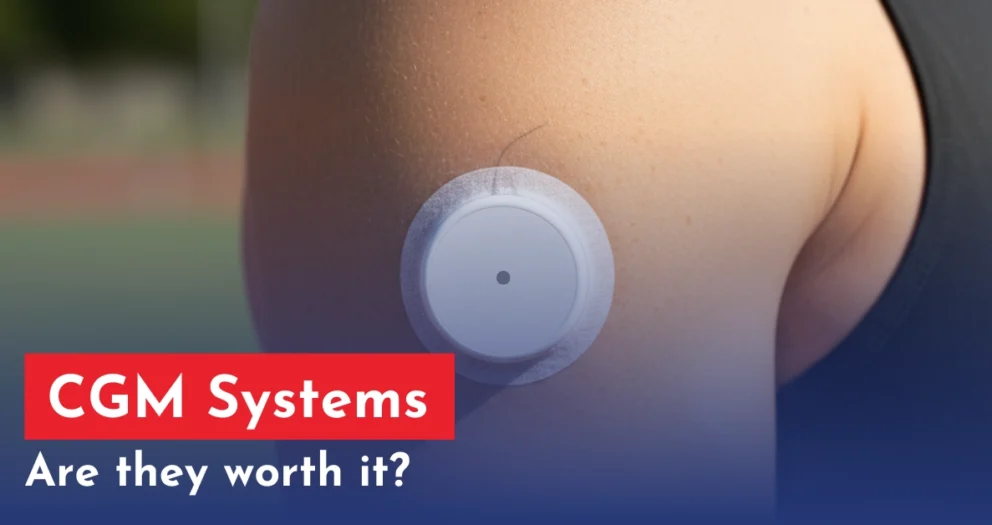
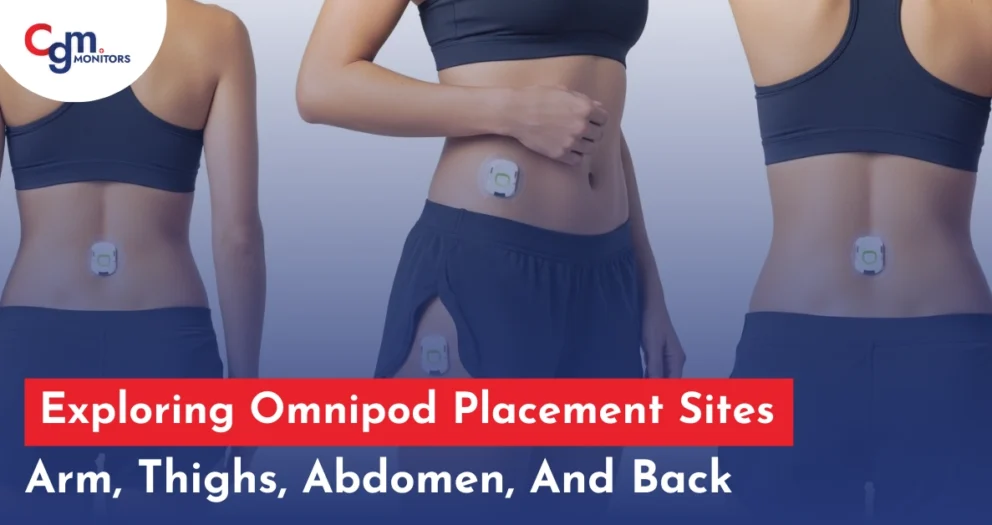


Write a comment
Your email address will not be published. All fields are required